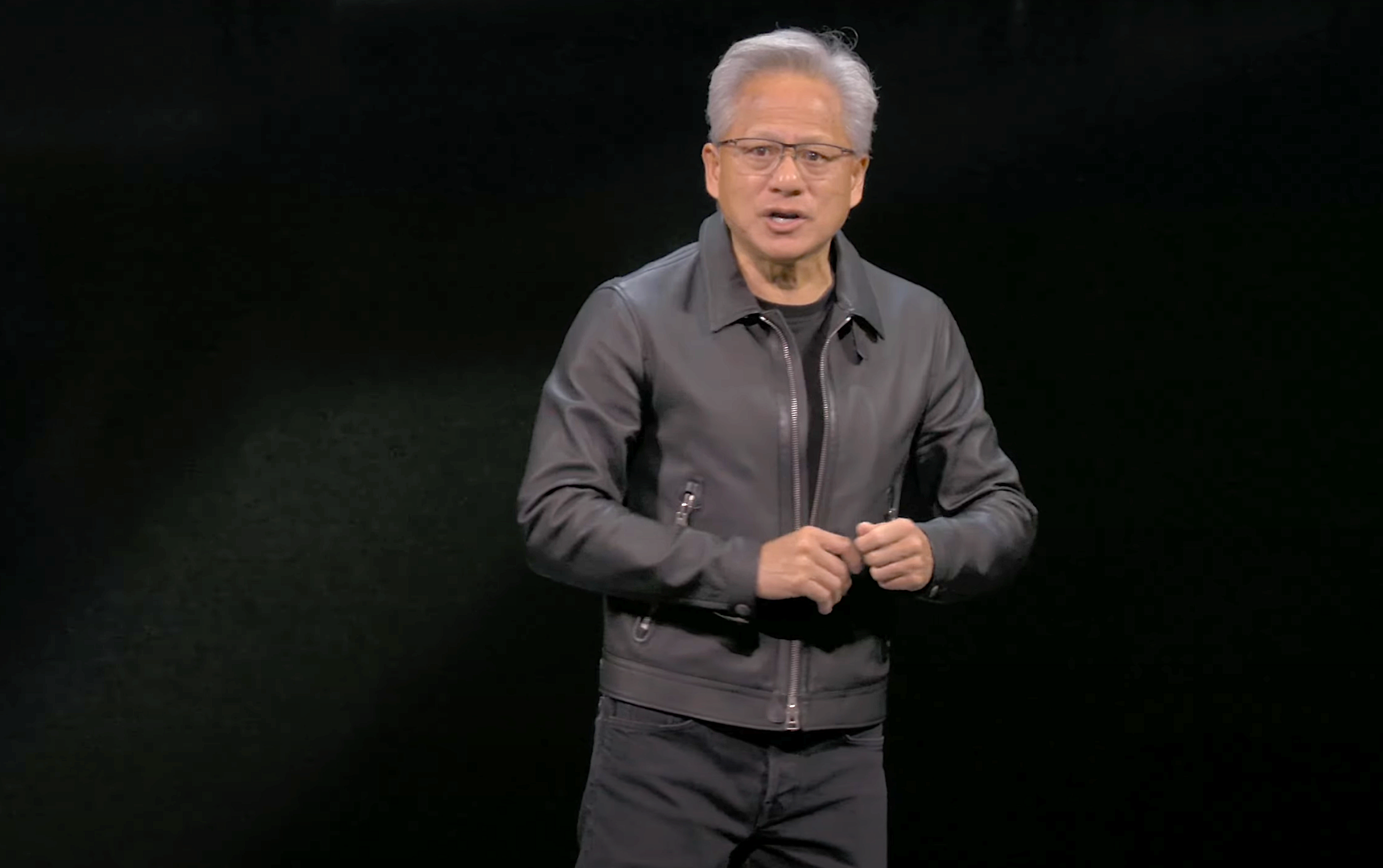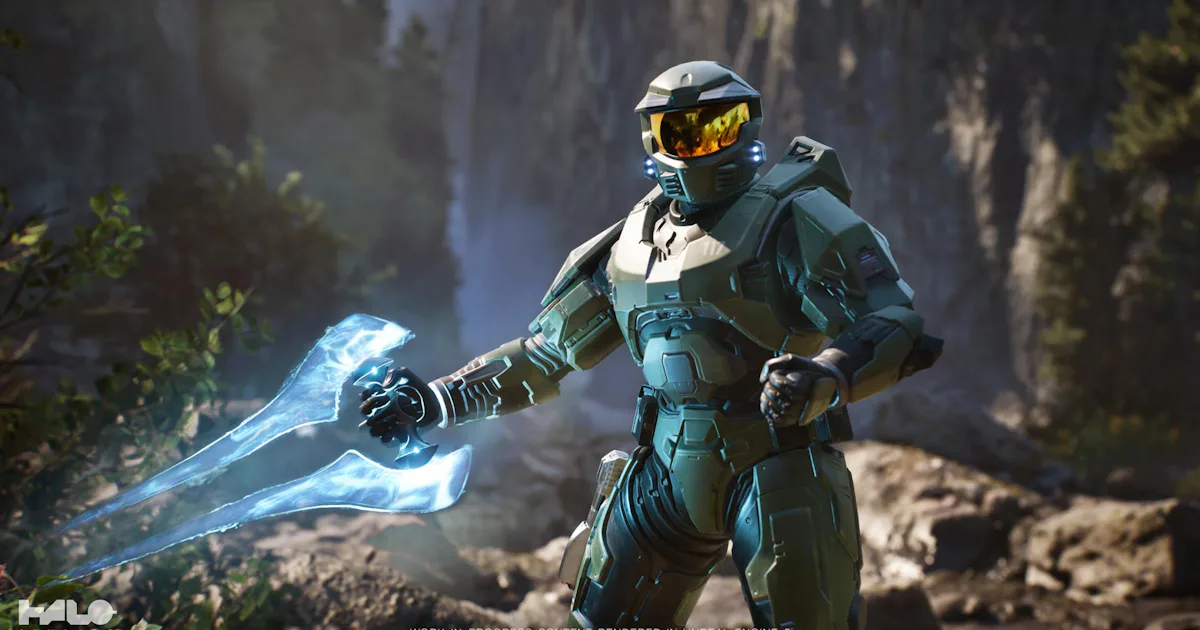Copyright SiliconANGLE News

As artificial intelligence continues to steamroll its way into every part of our lives, Nvidia Corp.’s GPU Technology Conference events have grown in importance, and this week’s fall installment in Washington, D.C. provided the customary showcase of how and what is possible. Nvidia has been at the heart of the AI revolution since it began as the company has ascended from graphics processing unit and gaming company to the hub for the world’s AI infrastructure. From foundational hardware to open-source software, spanning vertical industries from pharmaceuticals to manufacturing and government, every announcement at GTC points toward scaling AI deployments through a full-stack AI factory. Given the event was in our nation’s capital, a subtheme of U.S. leadership was pervasive throughout the event, particularly in the keynote by Nvidia Chief Executive Jensen Huang (pictured). Here were the major announcements from GTC DC 25: The pharmaceutical AI factory: Lilly’s Blackwell SuperPOD There is no greater proof point of the value of technology than a customer deployment. At GTC DC, Nvidia announced Eli Lilly’s unveiling of pharma’s largest AI factory comprised of a DGX SuperPOD powered by more than 1,000 Nvidia Blackwell Ultra GPUs. This serves as an example for how proprietary data, foundation models and federated learning can be used to accelerate drug discovery and personalized medicine. AI will have an impact on many industries, but it’s poised to revolutionize healthcare and have it leap forward by decades. Lilly’s platform, TuneLab, opens its massive data trove to biotech partners while maintaining strict privacy, and supports imaging, antibody generation, gene therapy R&D and supply chain optimization via digital twins and agentic robotics. The scale of the deployment is staggering – the factory has the compute equivalent of 7 million Cray supercomputers, able to solve 9 quintillion math problems every second. While much of the chatter around AI is job elimination, this deployment will create 13,000 high-wage manufacturing jobs as well as 500 jobs for engineers, scientists and technicians. AI factories for government and secure operations As one would expect, much of Huang’s narrative during his keynote was regarding government policies and deployments. Nvidia’s AI Factory for Government reference design equips federal agencies to fully operationalize AI while adhering to the most stringent security standards — FedRAMP clouds, high-assurance environments and integrated cybersecurity with partners such as CrowdStrike Holdings Inc. and Palantir Technologies Inc. This blueprint brings mission-critical AI to regulated industries, supported by Nvidia Enterprise software and secure, composable infrastructure. Major defense primes, including Lockheed’s Astris AI and Northrop Grumman, are adopting these models for secure, efficient deployment at scale, reinforcing U.S. leadership in both innovation and national security. Huang was quite clear in his message: The U.S. government is not standing still and it needs to keep up the pace to ensure the U.S. wins the AI race. The BlueField-4 platform: The operating system for gigascale AI As demand for trillion-token workloads explodes and creates new challenges, Nvidia’s answers with BlueField-4, its newest DPU — delivering 800Gbps, 6x compute and native support for secure, multitenant clouds. BlueField-4 enhances every aspect of the AI data pipeline: storage, networking, security and zero-trust isolation. Supported by ConnectX-9 SuperNICs, it enables efficient scalability for both on-premises and cloud-based AI factories. Major server OEMs and cybersecurity vendors (from Armis Inc. to Palo Alto Networks Inc.) are already integrating BlueField-4 into next-gen platforms, underlining Nvidia’s blueprint-as-product vision. Manufacturing and robotics: The rise of physical AI Nvidia unveiled an expanded Mega Omniverse Blueprint for factory-scale digital twins, with Siemens and FANUC first to align. Industry giants such as Foxconn, Toyota, TSMC and Lucid are simulating entire production lines, plants and logistics in virtual environments, enabling rapid optimization, predictive maintenance and resilient supply chains. Amazon Robotics shortens development cycles from years to months by combining Omniverse AI and simulation; humanoid robots such as Figure’s Digit are trained on millions of reinforcement scenarios, making them capable assistants for both dangerous and dexterous work. Every Nvidia keynote I have seen this year has advanced vision of physical AI become a reality While some look at autonomous machines and robots as taking jobs, Huang discussed using physical AI as a way of closing America’s 50 million-worker deficit, while bringing greater productivity and safety in manufacturing. Physical AI can push productivity up and Omniverse is the way to train machines cost effectively. Telecom’s quantum leap: AI-native stacks, open source and 6G On the telco front, Nvidia and Nokia Corp. announced the Aerial RAN Computer Pro, bringing an AI-native wireless stack to 6G. With partners such as T-Mobile USA Inc., Dell Technologies Inc. and Cisco Systems Inc., this collaboration is promises to give America’s telecom a shot in the arm by shifting from proprietary systems to programmable. The Nvidia reference architecture supports multimodal sensing, edge AI and spectral agility. Cisco and MITRE’s early 6G applications use vision and radio data to offer real-time situational awareness for public safety and industrial monitoring, and MITRE’s AI-driven spectrum management offers game-changing efficiency by targeting interference without mass shutdowns. Innovation is accelerated even further by Nvidia’s open-sourcing of Aerial software; now, researchers can instantly prototype full-stack 5G/6G networks and AI-RAN on desktop supercomputers like DGX Spark. This democratizes access for telecom researchers, startups and hyperscalers alike, as AI transforms wireless networking. Autonomous mobility: Hyperion Drive and Uber’s robotaxi fleet One staple of GTCs is autonomous car news. At this year’s event, Nvidia announced it is partnering with Uber Technologies Inc. to deploy the world’s largest level 4 autonomous fleets — scaling to 100,000 vehicles, all ride-hailing-ready with AGX Hyperion 10 and DRIVE Thor. Nvidia provides the compute and sensor backbone, Uber the global network, with OEMs such as Lucid, Mercedes-Benz and Stellantis joining in. The DRIVE platform supports foundation models and reasoning VLA (Vision-Language-Action) models, with the Halos Certified Program debuting as the first third-party safety certification lab for AI vehicles. This integrated approach means more than just autonomous driving as it addresses industry standards for vehicle safety, continuous machine learning and scaling across continents. Quantum computing and AI physics: Redefining engineering Nvidia’s vision for accelerated quantum and physics-driven simulation were front and center this GTC. Its announcement of NVQ Link — the world’s first quantum-GPU interconnect — enables scalable quantum error correction and hybrid supercomputing, laying the technical foundation for next-gen science and cryptography. In engineering and design, the integration of AI PhysicsNeMo and Domino NIM microservices is pushing aerospace and automotive modeling workflows up to 500 times faster, letting designers iterate and optimize in real time, multiplying engineering throughput and unlocking rapid innovation. It’s still not clear what the timing for quantum is, but Nvidia is creating the underlying infrastructure to ensure quantum can move fast. Conclusion: The factory, not the feature Nvidia’s GTC DC announcements indicate a broader but necessary shift in the industry. AI, quantum, agentic and physical intelligence must be built into the fabric of national infrastructure, supply chains and business operations. The era of the “AI factory” — full-stack, reference-architected, open, secure and programmable — is here. The company is not just providing parts, but orchestrating a resilient, scalable platform for America’s industrial renaissance, global competitiveness and future technological leadership. Huang pushed the national message hard as AI leadership is up for grabs with many other nations pushing forward aggressively. He mentioned the U.S. has often lead technology trends, but its way behind with wireless technology, ceding leadership to overseas companies. GTC DC wasn’t just an event but rather an opportunity to create an inflection point where hardware, software and partnerships come together to move AI forward with the U.S. leading the charge. Zeus Kerravala is a principal analyst at ZK Research, a division of Kerravala Consulting. He wrote this article for SiliconANGLE Photo: Nvidia/livestream



